6 X Silver Flying Foxes – Crossocheilus Reticulatus – Cyprinid Fish
£29.00
6 X Silver Flying Foxes – Crossocheilus Reticulatus – Cyprinid Fish are excellent algae eaters for your aquarium. Learn how to care for these fascinating fish and create a suitable habitat with our comprehensive guide. Perfect for maintaining water quality and controlling algae growth.
1001 in stock
Attributes:
– Short Description: 6 X Silver Flying Foxes – Crossocheilus Reticulatus – Cyprinid Fish
– Product Categories: Algae Eaters, Fish
Product Description:
The 6 X Silver Flying Foxes, scientifically known as Crossocheilus Reticulatus, are a species of Cyprinid Fish that serve as excellent algae eaters for your aquarium. This comprehensive guide will provide you with all the necessary information to ensure the well-being and proper care of these fascinating fish.
Scientific and Common Names:
The scientific name of these fish is Crossocheilus Reticulatus, while they are commonly referred to as Silver Flying Foxes.
Habitat:
Silver Flying Foxes are native to Southeast Asia, specifically found in rivers and streams with moderate to fast-flowing water. They are commonly found in countries such as Thailand, Malaysia, and Indonesia.
Tank Setup:
To provide a suitable habitat for the Silver Flying Foxes, it is recommended to have a well-established aquarium with a minimum size of 30 gallons. The tank should be equipped with a strong filtration system to maintain water quality and a moderate to strong water flow to mimic their natural habitat. Adding rocks, driftwood, and live plants will provide hiding spots and grazing surfaces for the fish.
Diet and Nutrition:
These fish are primarily herbivorous and have a voracious appetite for algae. They will eagerly consume various types of algae, including green spot algae, hair algae, and brown algae. However, it is important to supplement their diet with high-quality sinking pellets or flakes specifically formulated for herbivorous fish. Fresh vegetables such as blanched spinach, zucchini, and cucumber can also be offered as occasional treats.
Size and Growth Rate:
Silver Flying Foxes can grow up to 6 inches (15 cm) in length when fully mature. They have a moderate growth rate and will reach their adult size within a year or two, depending on the quality of care provided.
Behavioral Traits:
These fish are generally peaceful and can be kept in community aquariums with other non-aggressive fish species. They are active swimmers and will often explore the entire tank, especially when searching for algae to feed on. Silver Flying Foxes are known for their ability to cling to surfaces using their specialized mouthparts, allowing them to graze on algae-covered rocks and glass.
Care Level:
The care level for Silver Flying Foxes is considered moderate. They require a well-maintained aquarium with suitable water parameters and a balanced diet. Regular water changes and monitoring of water quality are essential to ensure their health and well-being.
Breeding and Reproduction:
Breeding Silver Flying Foxes in captivity is challenging and rarely achieved. They are egg scatterers, and the eggs are left to hatch and develop on their own. Creating the ideal breeding conditions, such as providing suitable spawning sites and optimal water parameters, may increase the chances of successful breeding.
Health and Disease Prevention:
Maintaining good water quality is crucial for the overall health of Silver Flying Foxes. Regular water testing, proper filtration, and avoiding overstocking the aquarium will help prevent stress-related diseases. Quarantining new fish before introducing them to the main tank can also help prevent the spread of diseases.
Optimal Water Conditions:
– Temperature: 75-82°F (24-28°C)
– pH: 6.5-7.5
– Hardness: 5-15 dGH
Lifespan:
With proper care, Silver Flying Foxes can live for 5-8 years in captivity. Providing a suitable environment, a balanced diet, and regular monitoring of their health will contribute to their longevity.
Additional Interesting Facts:
– Silver Flying Foxes are often mistaken for Siamese Algae Eaters (Crossocheilus siamensis), but they have distinct differences in appearance and behavior.
– These fish have a silver body with a black stripe running horizontally along their sides.
– They are highly efficient algae eaters and can help control algae growth in the aquarium.
– Silver Flying Foxes are known for their peaceful nature and can be kept with a variety of community fish species.
– They are active swimmers and enjoy exploring their surroundings.
– These fish are not suitable for small aquariums or tanks with delicate plants, as they may uproot them during their grazing activities.
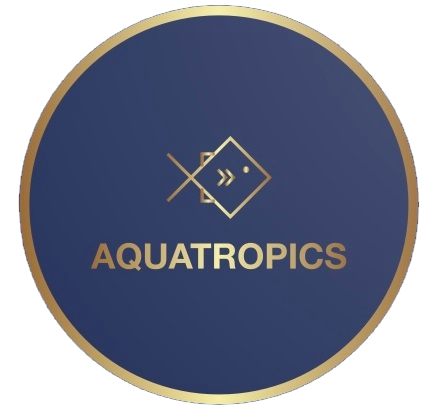
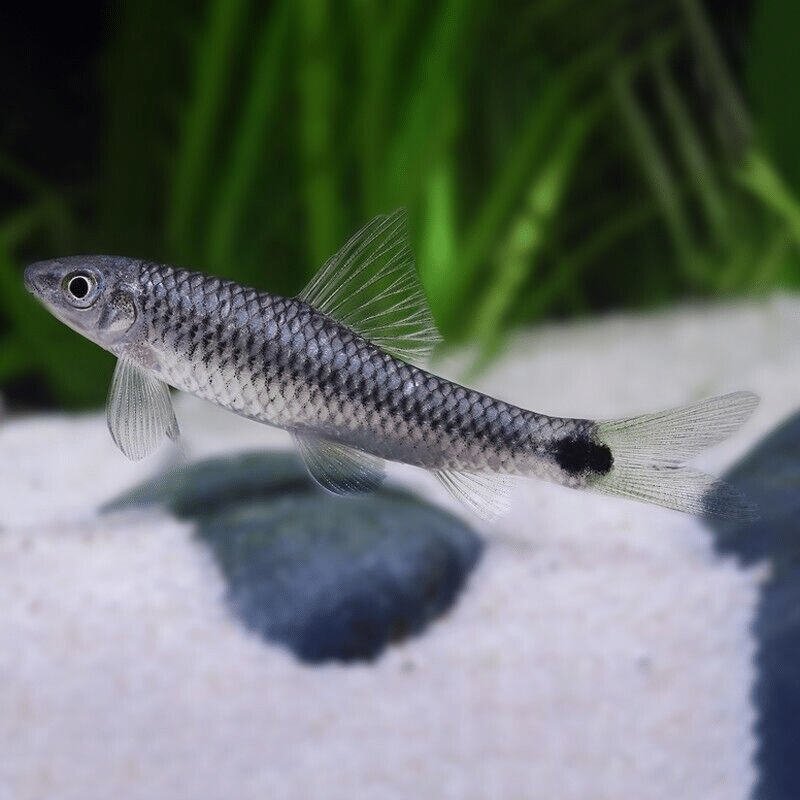
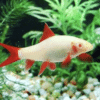
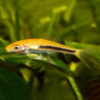
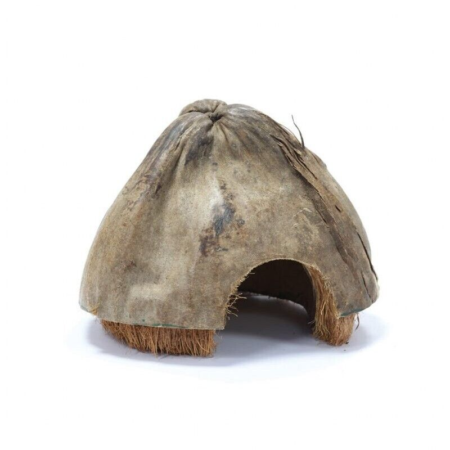

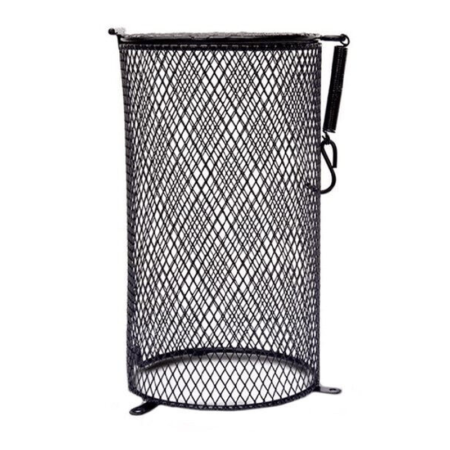
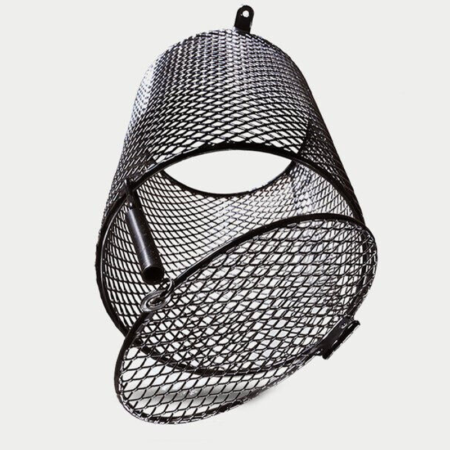




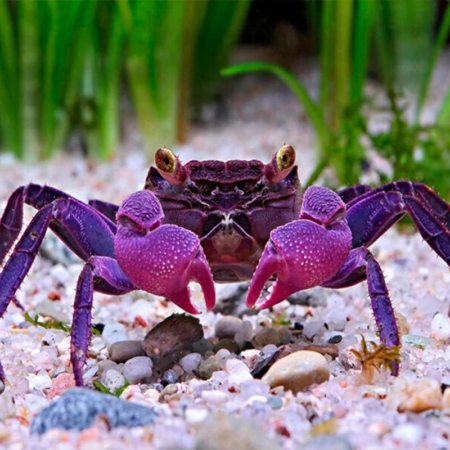

Reviews
There are no reviews yet.